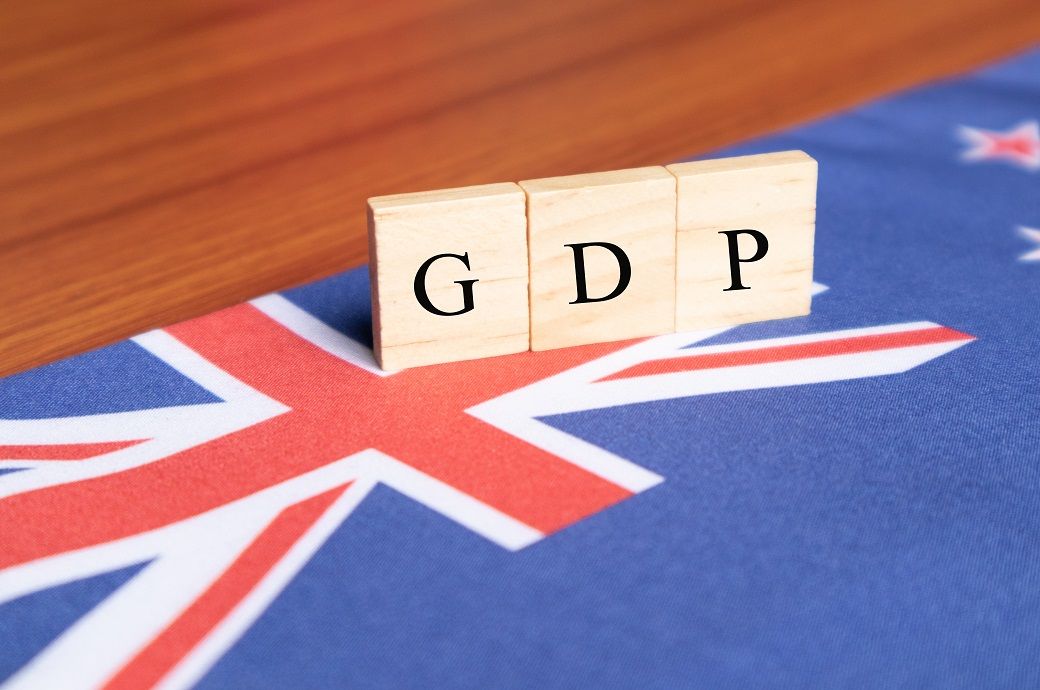
Private demand drove growth in the quarter, with household consumption up by 0.9 per cent even as private investment contributed little to growth.
Net exports were a small positive. A rise in public consumption, supported by health and election-related spending was offset by lower public investment to leave public final demand broadly flat, an NAB release said.
The savings rate fell back to 4.2 per cent from 5.2 per cent. That is a combination of strength in household spending and a moderation in income growth in the quarter after a boost from insurance payouts in Q1 related to the severe weather in a few provinces.
“We had expected firming consumer momentum, but household consumption was stronger than we had pencilled in,” the release noted.
NAB continues to expect the Royal Bank of Australia (RBA) to ease policy in November and February, as the central bank moves policy to a broadly neutral stance of 3.1 per cent.
Risks from the global backdrop remain elevated, but for now, NAB expects that these translate into an only modest headwind for Australian activity.
The RBA’s policy normalisation is now reasonably well progressed, and the latest data will increase the RBA’s confidence that consumption will be a support for growth.
That leaves little urgency to adjust policy quickly while the labour market remains resilient given uncertainty about how restrictive policy remains, and amid some upside risks to inflation, NAB added.
ALCHEMPro News Desk (DS)
Receive daily prices and market insights straight to your inbox. Subscribe to AlchemPro Weekly!